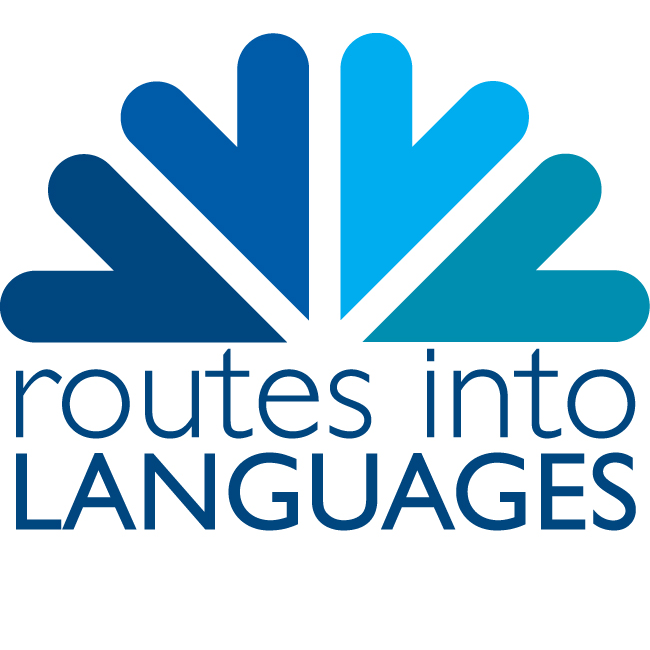Translation: the indispensable core of multilingual communication
Translation is not a problem, but rather a solution. This suggestion is made in the study Contribution of translation to a multilingual society which the European Commission’s Translation Department (or DG) published recently. In the European Union’s lawmaking process, specialists perceive translation as a simple fact of life, part of the way Europe has operated since its earliest days, according to another study, Lawmaking in the EU multilingual environment, also done by external researchers for DG Translation.
How does translation impact on society?
The study Contribution of translation to a multilingual society used a multilingual panel of European experts to pinpoint where translation has an effect on society in general. These fields are not isolated but overlap in many cases. Some of the main findings are summarised below.
Translation supports cultural interaction by fostering mutual understanding and enabling people to access foreign cultures, including ancient ones. Logically, translation also furthers knowledge transfer, especially in the fields of culture, technology and science. Given that translation also facilitates economic interaction between language communities, it is a significant driving force behind globalisation, making possible the swift exchange of information, goods and services. Translation contributes to social inclusion, particularly for minority and migrant communities, as it gives them access to basic services and justice, and makes them more employable. As far as building Europe is concerned, translating EU legislation into the various official EU languages is part and parcel of European cohesion.
Translation unquestionably plays a major role in people's everyday lives, but this is only rarely noticed. Every day we consume user instructions, news, books, magazines, subtitling or dubbing without realising that much of this material would not exist without translation. Translation is present everywhere, but remains invisible, until there is a problem, when it suddenly becomes very visible. Since translation rarely takes centre stage, there is a danger that it might eventually come to be seen as a superfluous and costly activity.
Translation always at the core of EU lawmaking
The main conclusion of the study Lawmaking in the EU multilingual environment is that lawmaking in the European Union is a success story as it manages to marry legal certainty and practicality.
The research was done by a group of Hungarian legal experts and linguists, many of whom were involved in their country's run-up to EU accession. The group used a wide range of sources, from existing research to questionnaires and interviews with the main players. They also compared the EU legislative process with other countries which practice multilingual legislative drafting (Belgium, Canada, Malta and Switzerland).
The finding was that EU legislation is the result of the collective efforts of administrators, translators, revisers and lawyer-linguists in all the EU institutions involved in the legislative and policy-making process.
From the earliest days of the European Union, translation has been at the core of its lawmaking. A text has to say the same in 23 different languages, reflecting the legal systems of the 27 countries which have to implement it. All languages are equal in the sense that they all need to be taken into consideration in the legal drafting process. EU legislation makes no distinction between the original text and its translations, since all language versions of the law are considered equally authentic.
In the drafting process, two things are crucial: a high-quality source text, best guaranteed by professional editors, and quality control of the different language versions by lawyer-linguists. Translators, in effect, become legislators, bearing a responsibility equal to that of the author of the source text. They ensure that the terminology is consistent with existing legislation and compatible with the language they are translating into, and that the document complies with standard drafting conventions, laid down by the interinstitutional database IATE and the lawyer-linguists of the EU institutions.
EU legislation can have specific characteristics which influence the language of legal drafting: the texts contain specific, increasingly technical terminology, and are often the result of a political compromise. The language of EU legislation in turn has an influence on the national languages, leading to a standardisation of technical terminology which would not otherwise necessarily exist. There may also be a need to create new terminology for concepts specific to EU law, to give new meanings to existing terms and sometimes to revive abandoned terminology.
When called upon to interpret EU law, the European Court of Justice has found that EU legal concepts do not necessarily have the same meaning as in national law. Judges have to look for an autonomous and uniform interpretation based on the context and objective of the legal measure under review.
Besides taking a detailed look at the drafting process in the European Commission, Council and the Parliament, the study discusses what mechanisms are available for correcting mistakes in legal drafting, and sets out a number of recommendations for improving the process.
The findings of these and a number of other studies commissioned by DG for Translation will be presented at a special event Translation Studies Days in Brussels on 17 and 18 February 2011.
The event can be followed online at http://webcast.ec.europa.eu/eutv/portal.
The studies can be consulted at http://e.europa.eu/dgs/translation/publications/studies/index_en.htm.
Please reply 'YES' if you find this newsflash useful.
more information:
Directorate-General for Translation
Communication and Information Unit
DGT-Communication@ec.europa.eu
ec.europa.eu/dgs/translation

